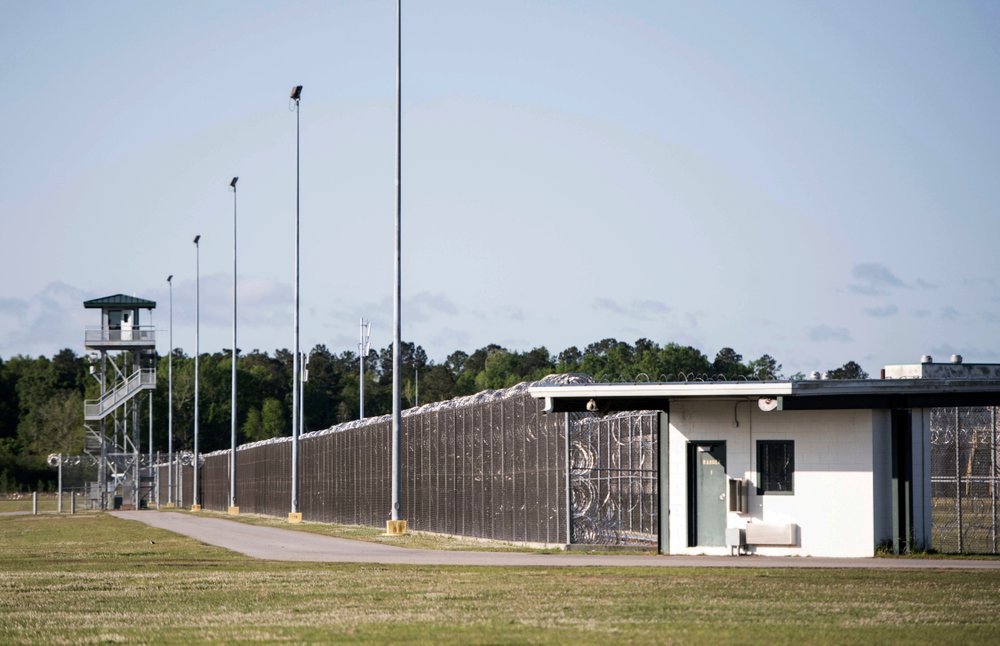Federal legislation proposed Thursday would give state prison officials the ability they have long sought to jam the signals of cellphones smuggled to inmates within their walls.
U.S. Sen. Tom Cotton of Arkansas and U.S. Rep. David Kustoff of Tennessee introduced companion bills in both chambers, The Associated Press has learned.
The legislation could help provide a solution to a problem prison officials have said represents the top security threat to their institutions. Corrections chiefs across the country have long argued for the ability to jam the signals, saying the phones – smuggled into their institutions by the thousands, by visitors, errant employees, and even delivered by drone — are dangerous because inmates use them to carry out crimes and plot violence both inside and outside prison.
But the Federal Communications Commission, which regulates the nation’s airwaves, has said a decades-old prohibition on interrupting signals at state-level institutions prevents the agency from permitting jamming on that level. Wireless industry groups have said they worry signal-blocking technologies could thwart legal calls.
Prison officials, including South Carolina Corrections Director Bryan Stirling, have pushed for the ability to jam signals, saying it’s the best way to combat the dangerous devices. In 2017, Stirling testified at an FCC hearing in Washington alongside Robert Johnson, a former South Carolina corrections officer nearly killed in 2010 in a hit orchestrated by an inmate using an illegal phone.
Also that year, an inmate escaped from a maximum-security prison in South Carolina, thanks in part to a smuggled cellphone. In 2018, seven inmates at a maximum-security South Carolina prison were killed in what officials have said was a gang fight over territory and contraband including cellphones.
The FCC has shown willingness to work on the issue, holding a field hearing in South Carolina at the invitation of then-Gov. Nikki Haley. Last year, making good on a pledge to do so, Chairman Ajit Pai hosted a meeting with members of Congress, prisons officials and stakeholders from the wireless industry.
After last year’s meeting, Kustoff told the AP he was encouraged by the FCC’s action on the issue. Officials from wireless trade group CTIA, who also attended the meeting, thanked Pai for organizing the gathering and said its members “recognize the very real threat that contraband devices pose in correctional facilities across the nation, and we appreciate the commitment of all stakeholders to identify and implement lawful solutions to this problem.”
Jamming is legal in federal facilities, although it hasn’t been used. Last year, federal officials tested micro-jamming technology at a federal prison in Cumberland, Maryland, saying they were able to shut down phone signals inside a prison cell, while devices about 20 feet (6 meters) away worked normally.
(AP)











